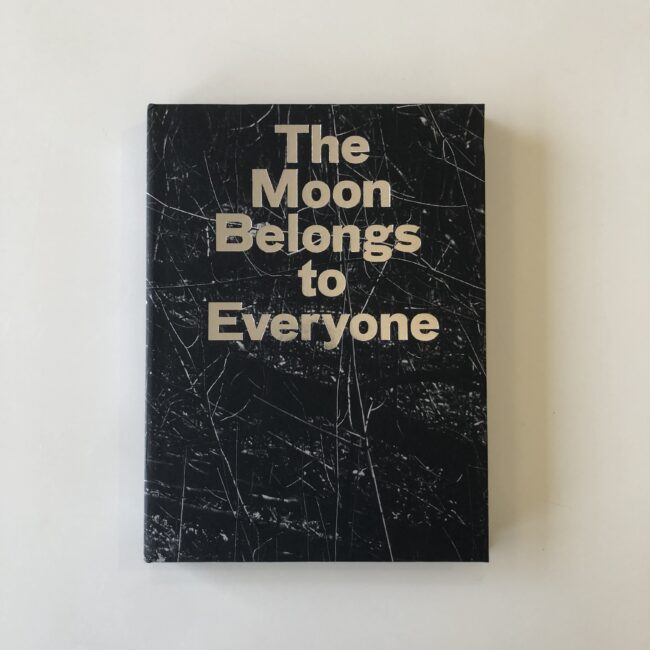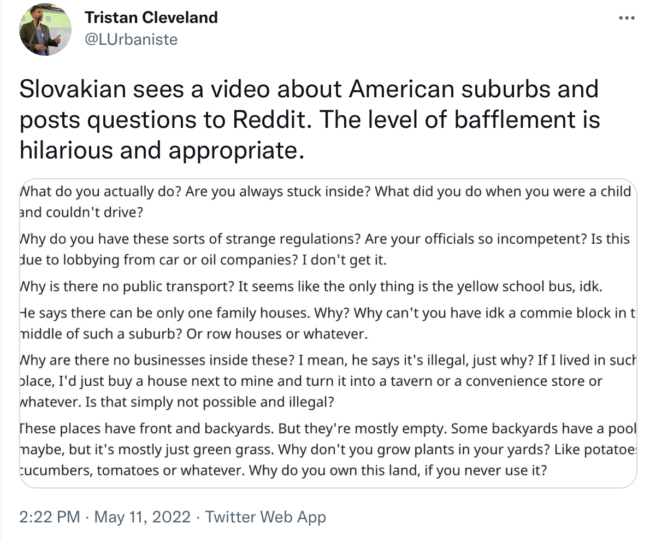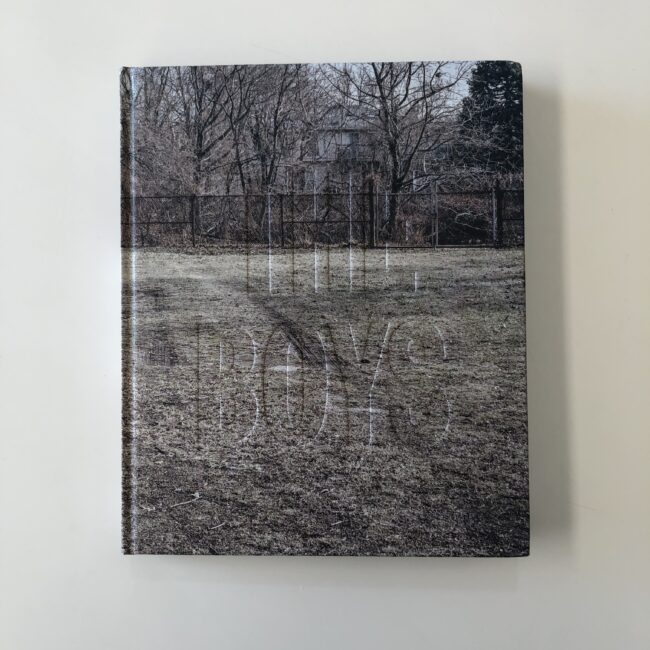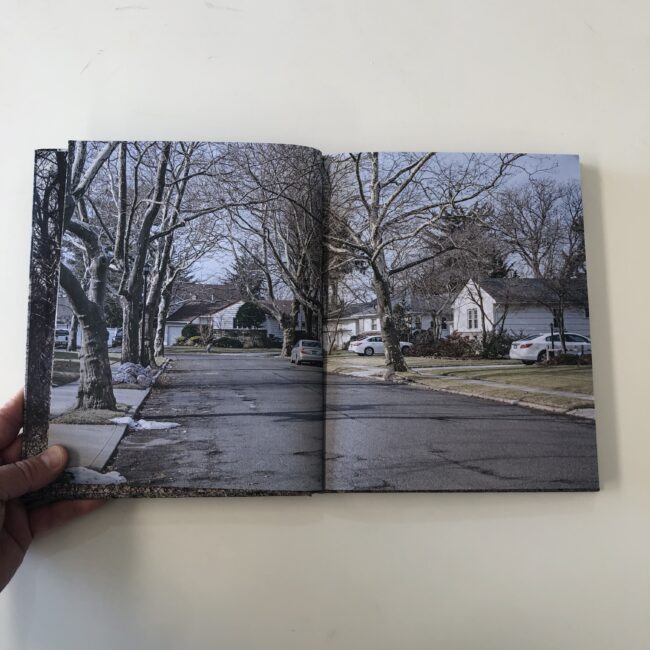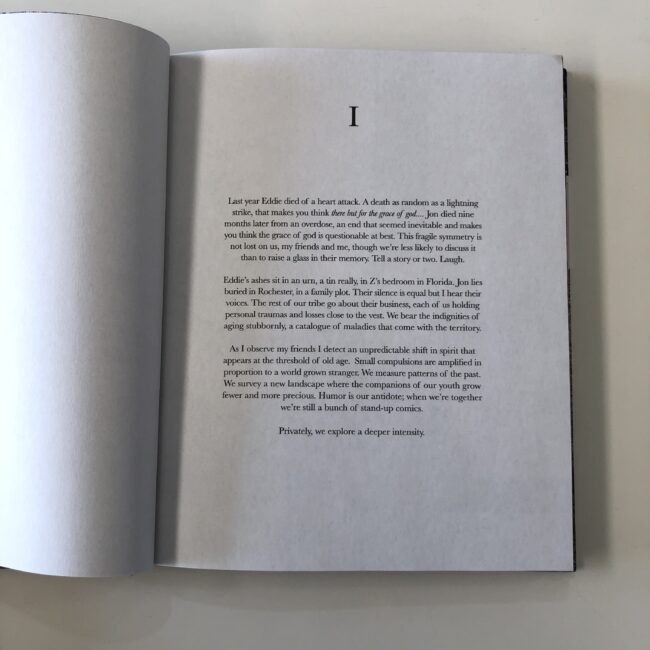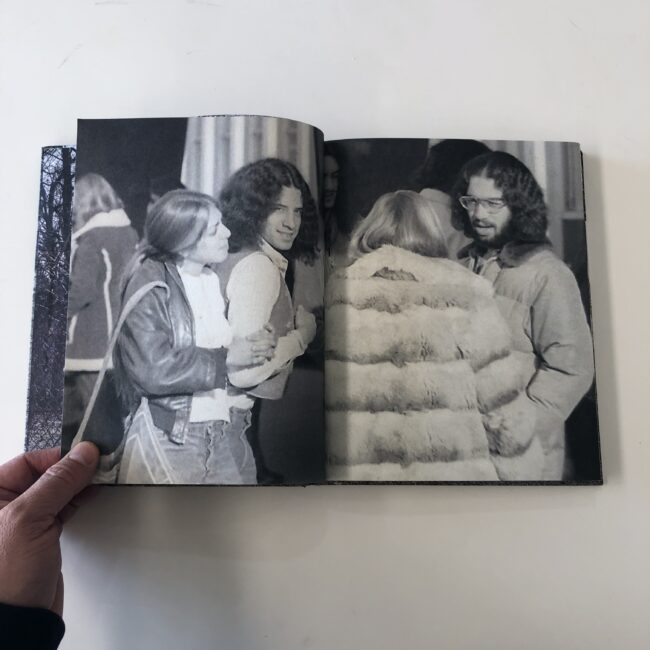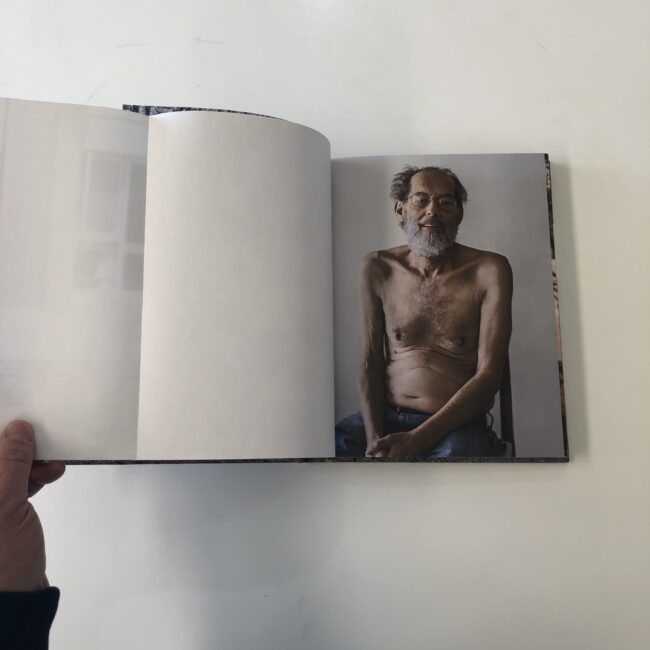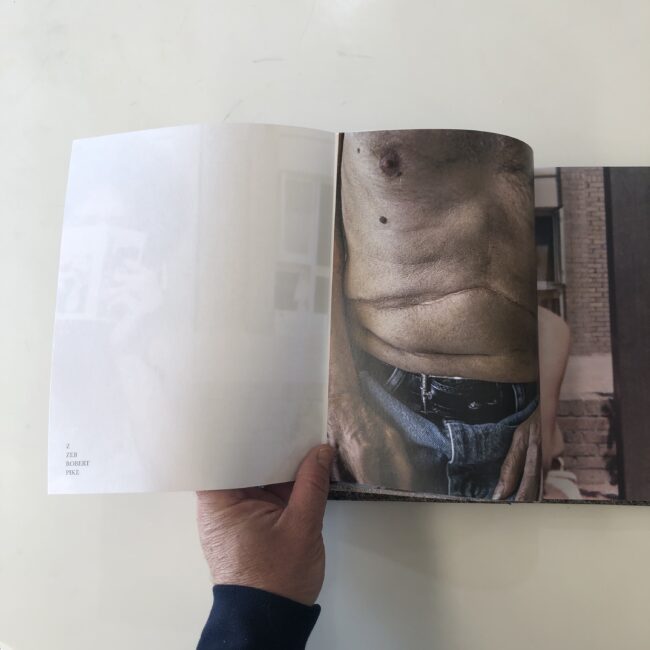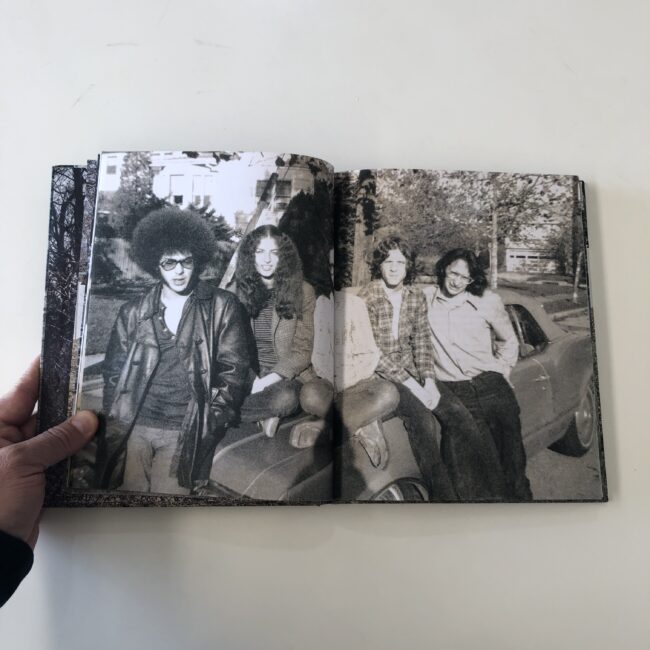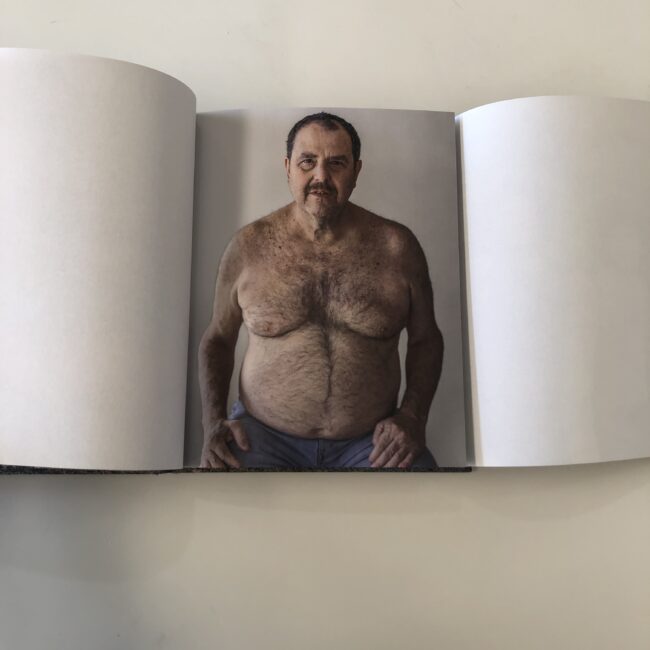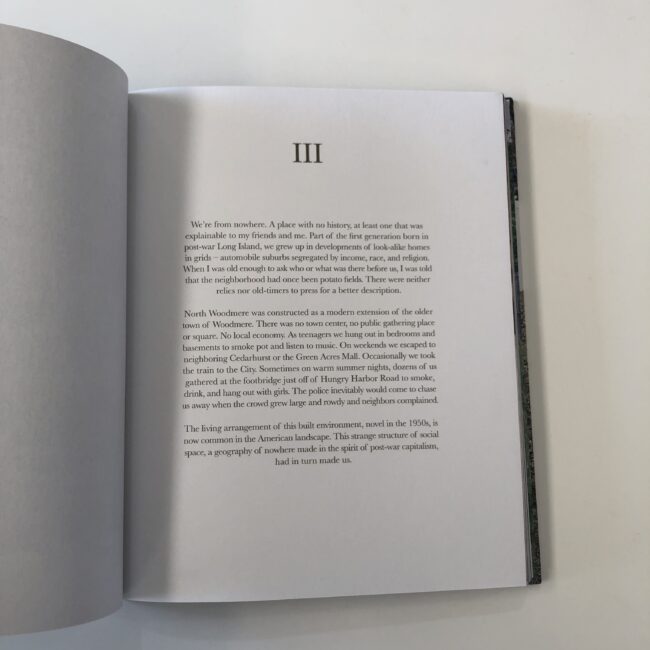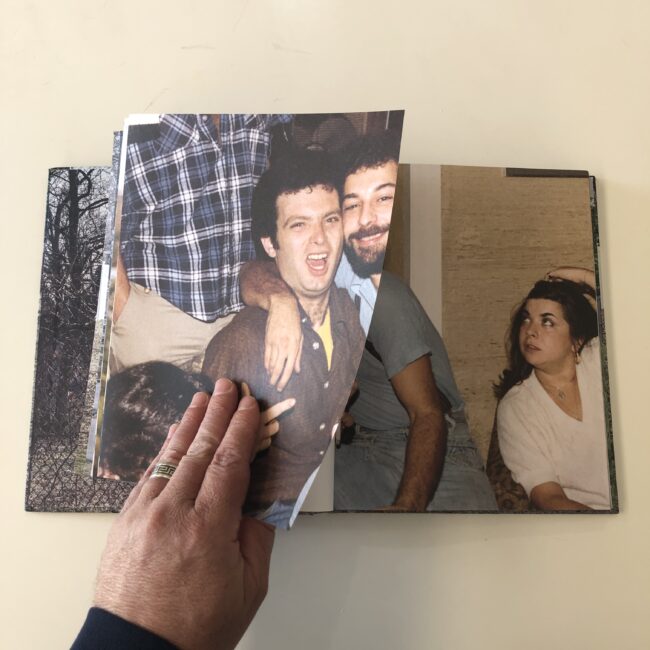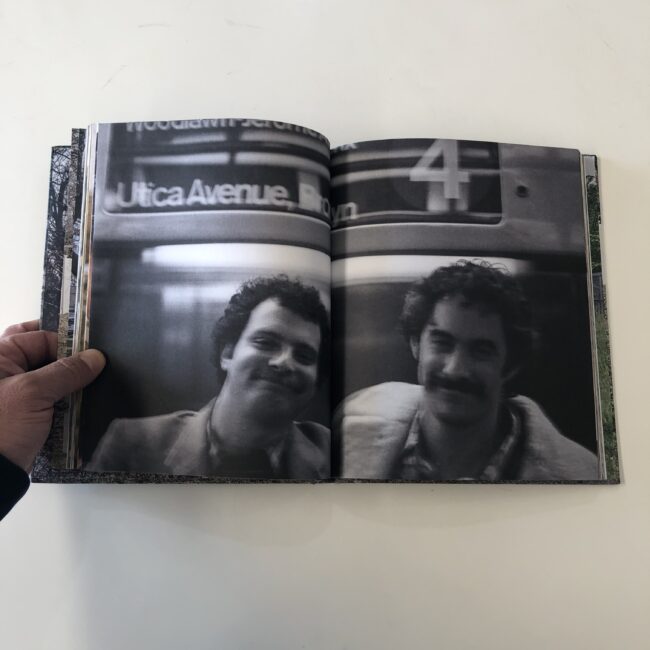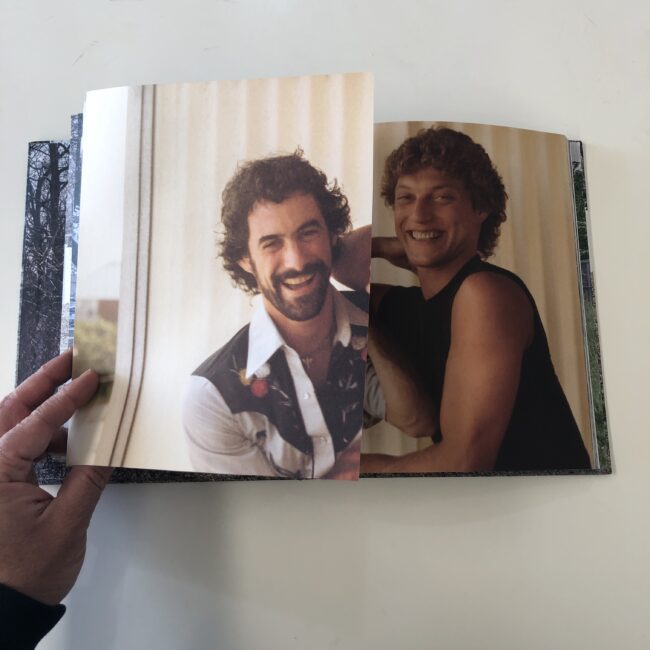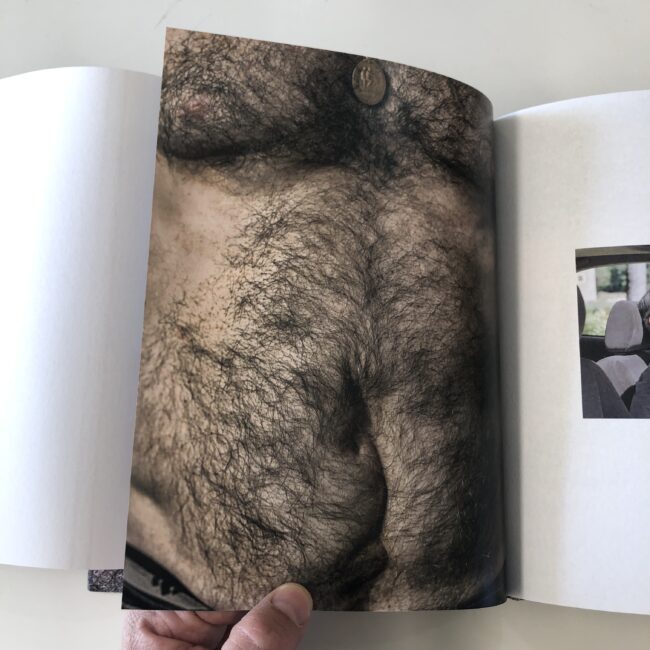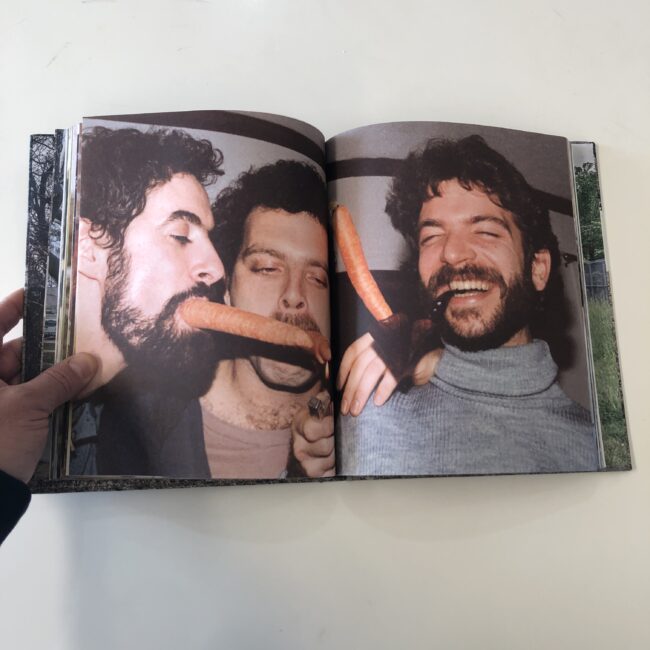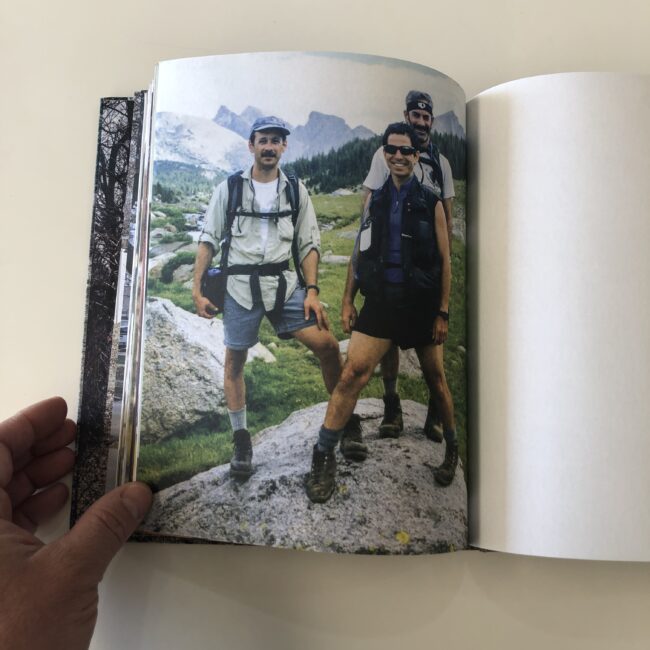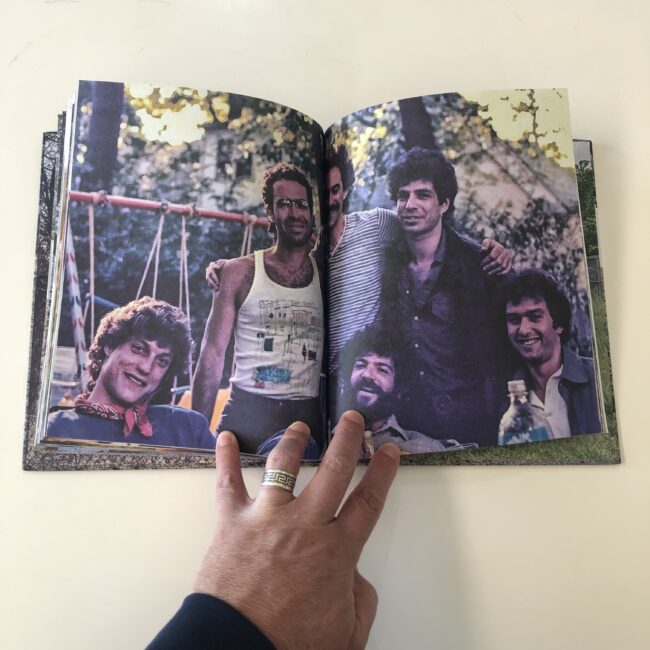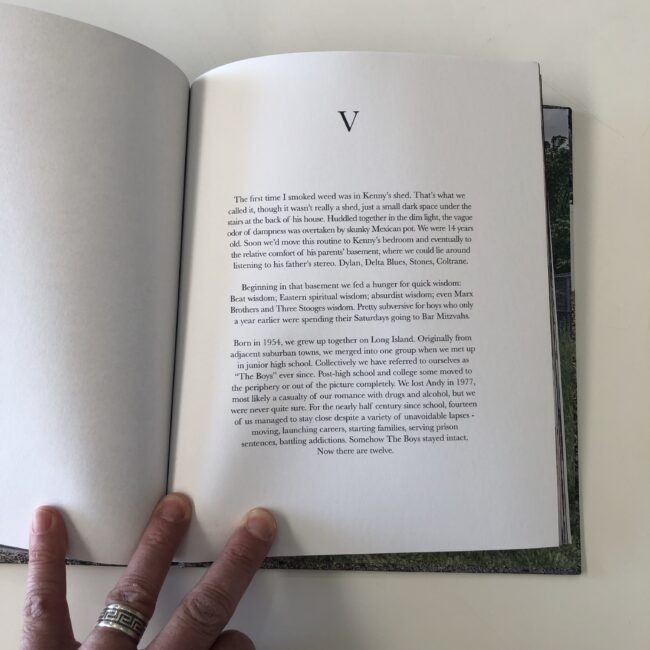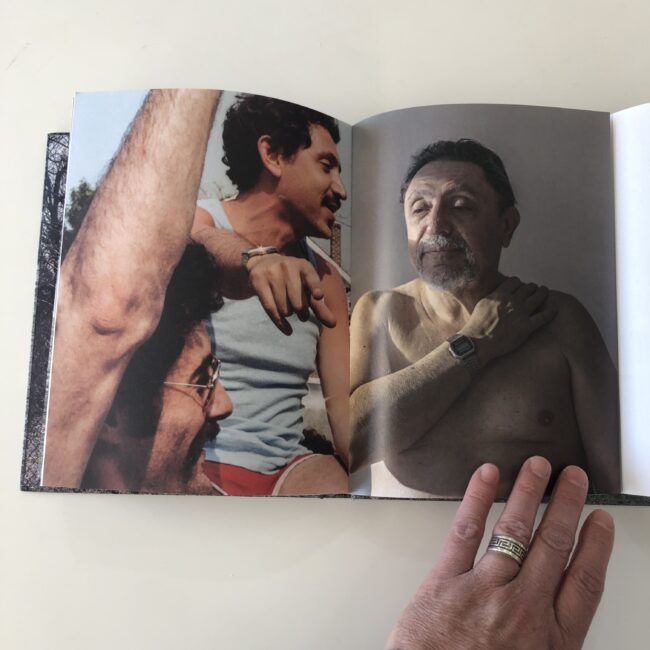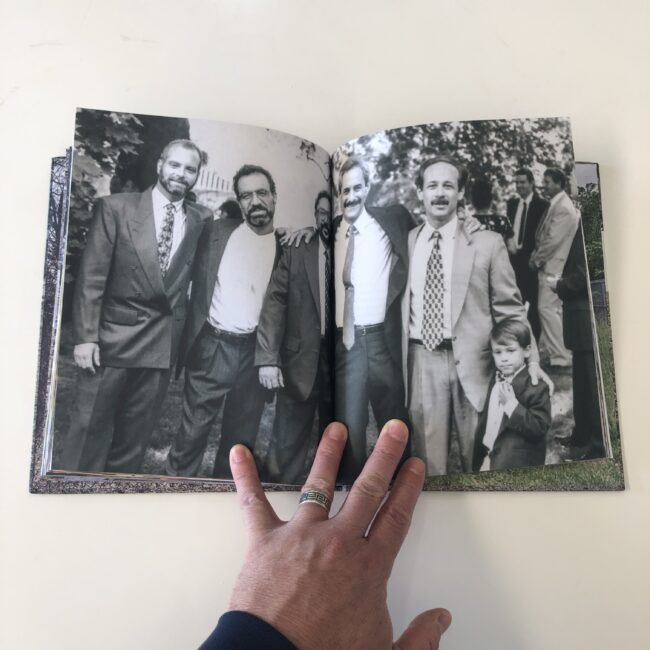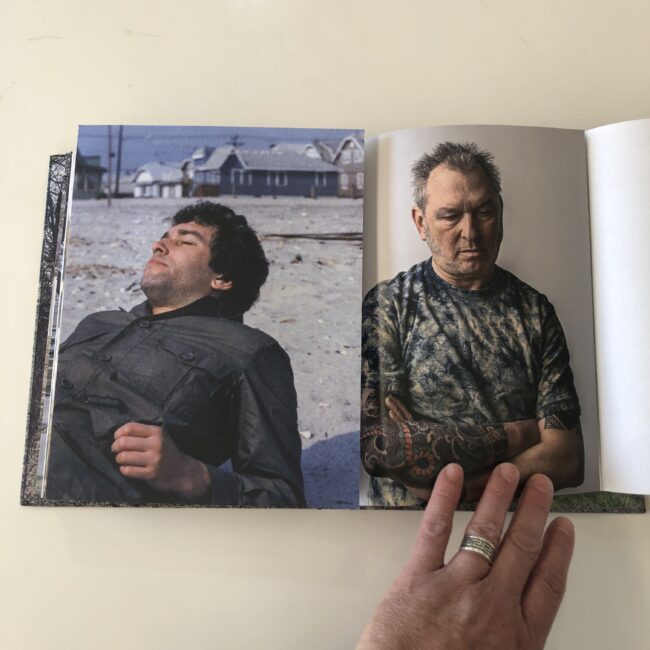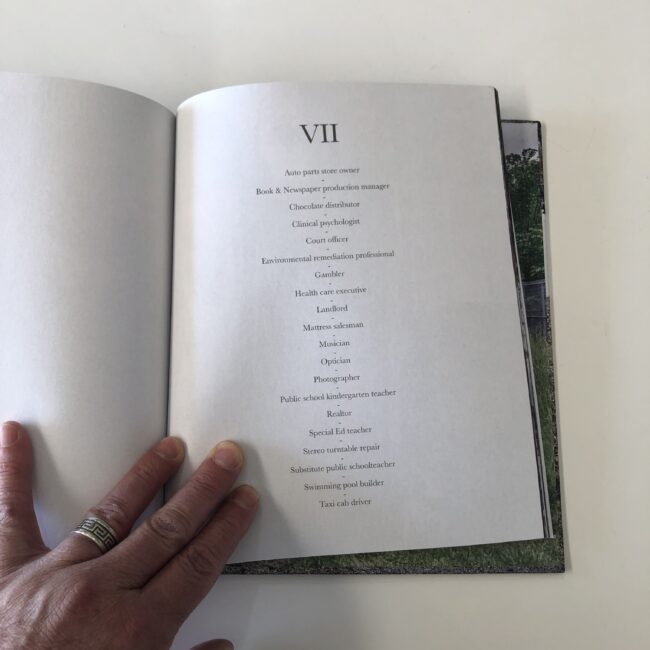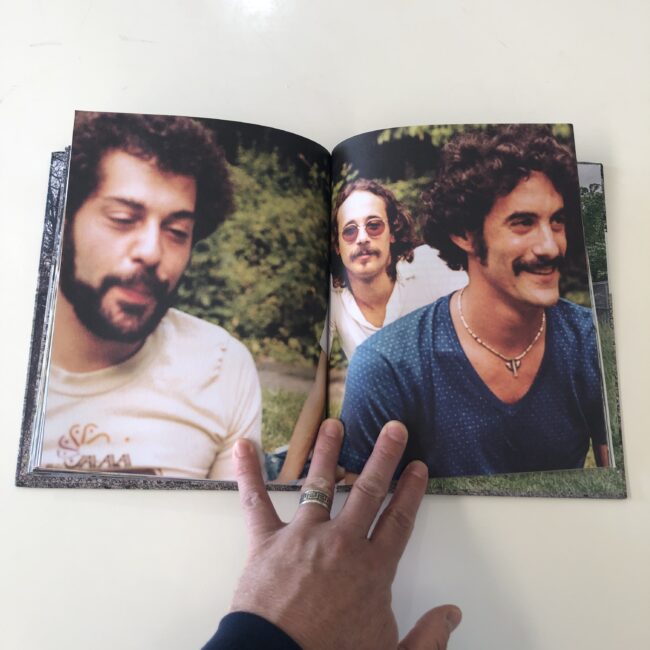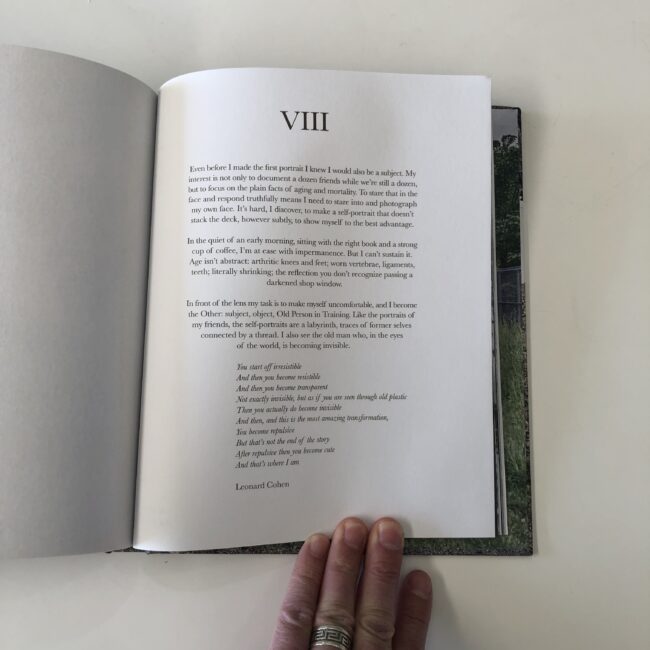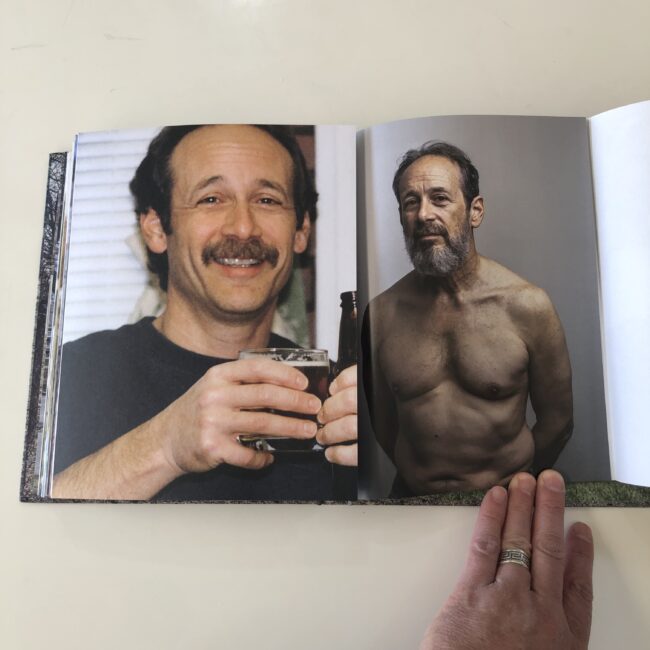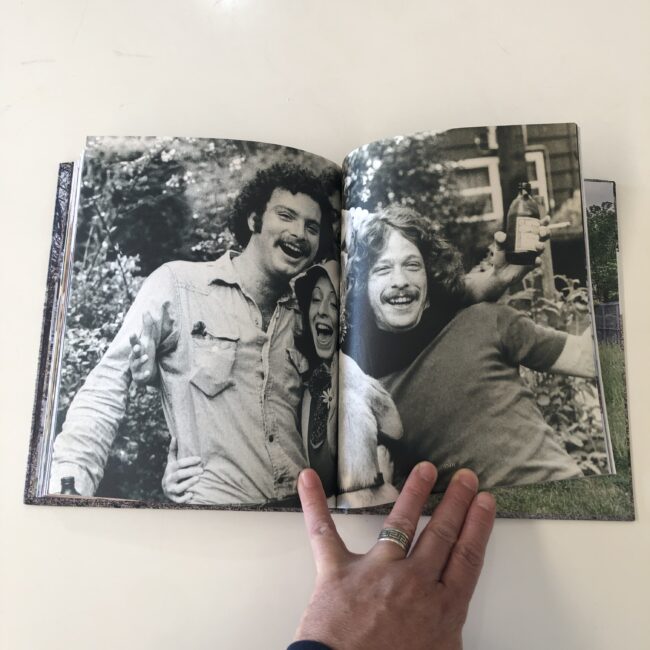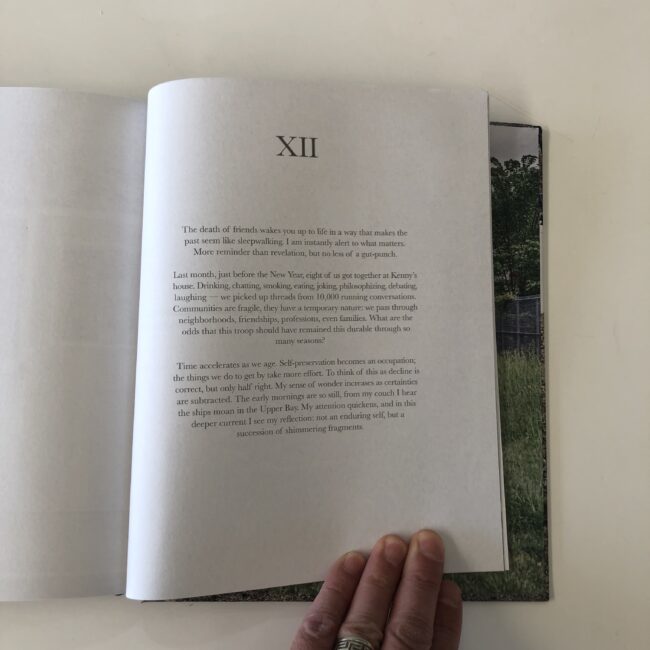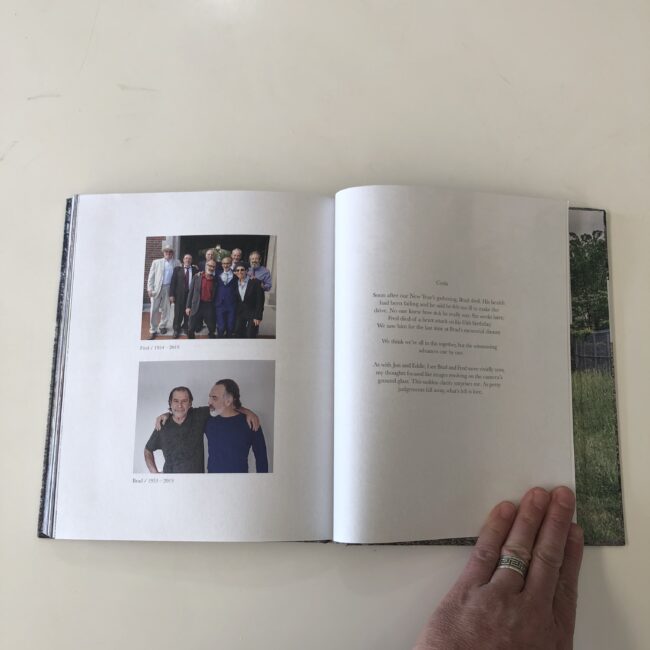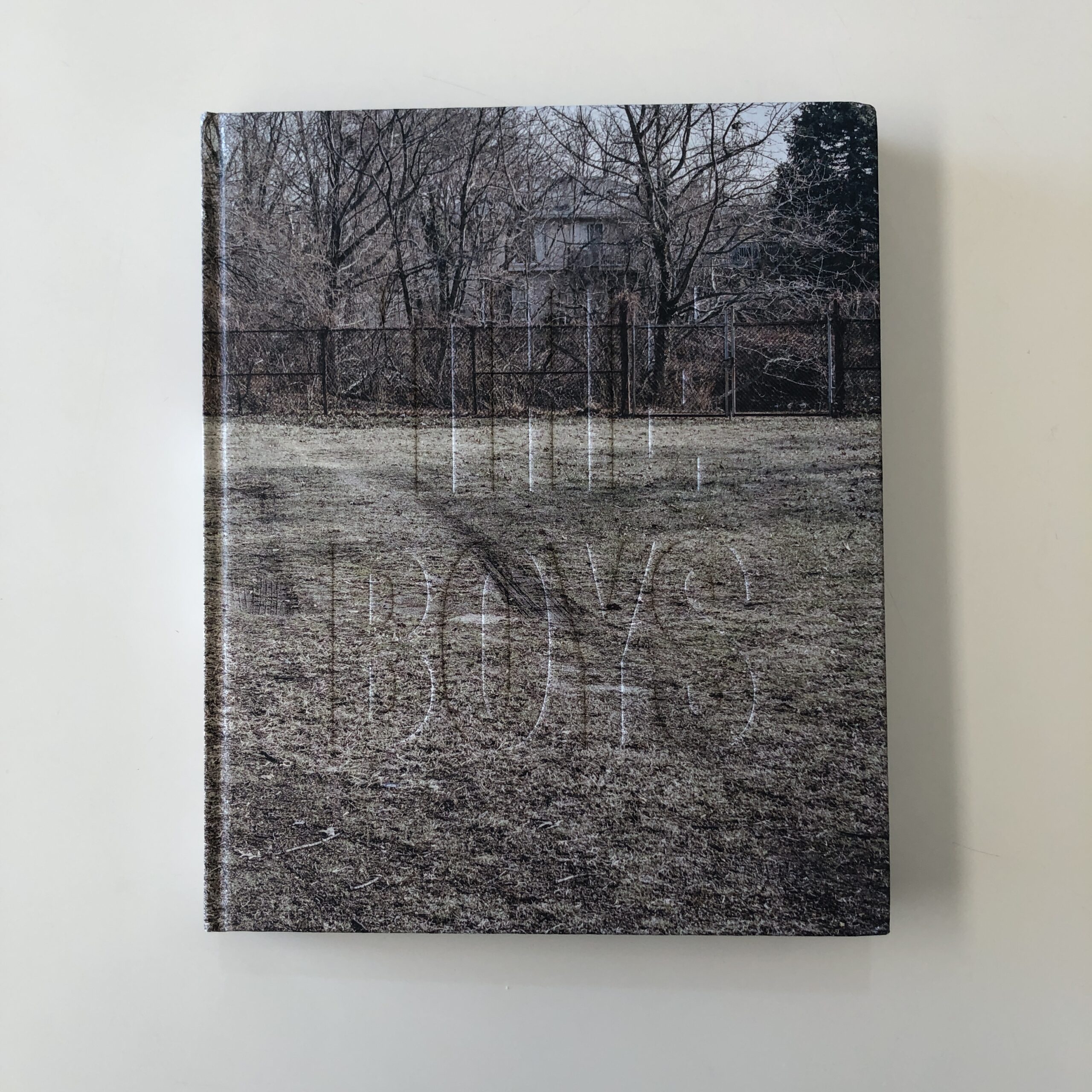
It’s been a long week.
(A long year, really.)
Fuck. Maybe we should just say a long decade?
But it’s Thursday, and you know what that means.
(As I said in San Diego last Friday, everyone dicks around until the deadline.)
I was in California on Saturday.
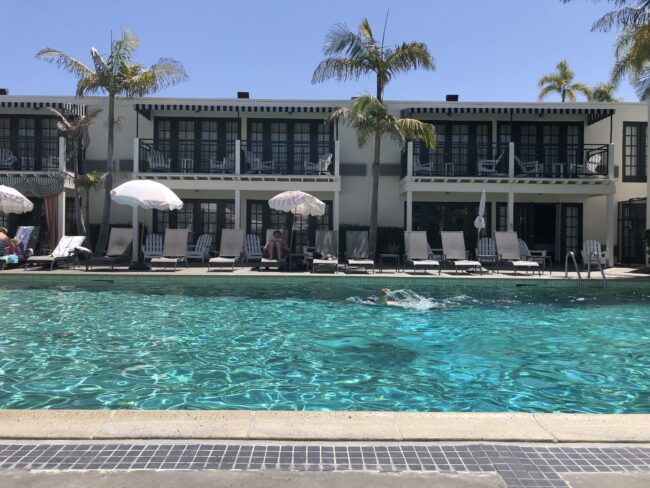
Sunday was a blur.
And I’ve been tending to sick kids all week, while beating back the self-destructive tendencies of a normally-great teenager.
(Like I said, I’m beat.)
Then again, my teenager reads the column, and we were discussing photo books as we waited at the fire-house-bus-stop this morning.

(He really liked both books we featured the past two weeks.)
For the first time, I brought my camera along on the morning ritual, as yesterday, I noticed the light was gorgeous at 7am.
Unfortunately, the light wasn’t spot on today, as there were high clouds, which burned off shortly thereafter, returning our hyper-dry, uber-blue-sky days.
I’d had a shot in mind since yesterday, and as I lined it up, the light, which glimmered a second before, flattened out.
I stood there, camera to my eye, and decided to pass on clicking the shutter.
Just then, literally a second after I lowered the camera, I saw a flash of brown to my left.
(Thankfully, not the kind of brown flash that killed a soldier in Alaska recently.)
Rather, it was a deer, bounding across the field, less than 50 feet away.
As I’ve written before, I’ve been shooting here in Taos since late December 2020, and have images of all sorts of animals: dogs, snakes, cows, spiders, horses.
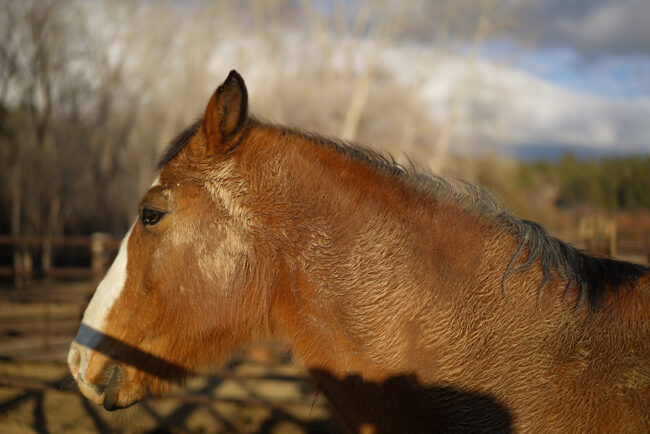
But no deer.
I’ve wanted the deer, but really, how often are you standing there, with your camera all dialed in, and a deer wanders into the frame?
Turns out, it was a whole family of deer, hopping along, one at a time, so I got a few shots.
The light wasn’t perfect, but the whole thing was so random.
Right place.
Right time.
Some artists have an idea in mind, and make the art to fit the vision.
Others shoot whatever they see, over months or years, then build a jigsaw puzzle out of the resulting edit.
Neither way is “better,” but in my copious experience, I’ve come to believe groups of images that are pre-conceived, or made to cohere to a concept or structure, often have a slightly enhanced sense of intent.
(That’s my two cents, anyway.)
And the last two weeks, it seemed like we featured books where the images were shot, and then the story was built after-the-fact.
(Can’t be sure with Stacy’s amazing “The Moon Belongs to Everyone,” but that was the vibe, anyway.)
Today, we’re going in a completely different direction.
Let’s look at a book that represents a very personal story.
A book that’s about life, death, and friendship.
A book that melds archival imagery, poignant vignettes, intricate design, and well-crafted, large-format, contemporary portraiture.
Let’s look at “The Boys,” by Rick Schatzberg, published in 2020, by powerHouse in Brooklyn.
Full disclosure, before I say anything else, I worked with Rick during the book’s production process.
I’ve written before that I consult with artists on photo books, and have a policy not to review books I’ve created with my clients.
(I am included in the final credits for “The Boys.”)
However, this time, the maquette was made, most of the text was written, the photos were shot, and in retrospect, my role was quite minimal.
As such, since it’s an excellent book, and he sent it to me with no expectation of review, I decided it was fair game.
Let’s get to it.
Like me, Rick grew up Jewish, in the suburbs of NYC.
Unlike me, Rick is from Long Island, and as he’s 20 years older, he and his friends are really the test-case for suburban living in the United States.
(Total coincidence, but I saw this hilarious tweet this morning, as a Slovakian tried to make sense of America’s suburbs in 2022.)
“The Boys” is not about me, in any way, but I think all suburban kids can relate to what these guys used to do.
Find some woods behind the neighborhood, before everything was developed, and wander.
Hang out.
Go somewhere, even if it was an empty field, as there really was nowhere else.
But I was a total goody-goody, and Rick and his crew were proto-Jewish hipsters.
Stoners.
Disaffected kids, listening to music, drinking, and scattering when the cops showed up at their favorite hangout: The Pits.
A few months ago, I reviewed a book by Karen Marshall, in which she followed a group of New York kids, and then reconnected with them when they were grown.
This flips that methodology on its head, as in “The Boys,” Rick gives us photos of his bros, (as we call them today,) with their Jewfros, jean jackets, bandanas, and beers.
We see these guys in various stages of life, including the 80’s power suits, and the vacation photos, from when they went on Boys Trips.
As a pure Pisces, always moving forward, always changing, I don’t hang out with my middle/high school buddies anymore.
I don’t have a frame of reference for the love these men feel for each other.
Nor for what it’s like as they pass away, one by one.
(A group of 14 is now down to 10.)
Tragically, for Rick and The Boys, two men chronicled in the book actually died before final publication.
What a bummer.
I like almost everything about this book, though I don’t think the insert essay at the back, by Rick Moody, was particularly necessary.
Often, publishers like to see big name writers attached to a project, to make it easier to market.
It’s the done-thing, and I don’t blame Rick for going that route.
Hell, he and I spent time brainstorming which writer would be a good fit, before he networked his way to the other Rick.
But it’s a compliment, what I’m saying. For an untrained writer, Rick S.’s stories pop.
They engage, and present the kind of first-person narrative that reels viewers in, and allows our imaginations to fill in the details.
Strong stuff, for sure.
Beyond the personal, though, a case can be made that “The Boys” also explores the reality of the aging, White Baby Boomer.
Those dudes take a lot of shit these days for destroying the world. Maybe rightly so.
(OK Boomer?)
But Rick made the interesting choice to photograph his remaining friends shirtless.
We see the aging flesh, mottled with spots.
We see the scars.
The sagging muscles.
You might disagree, but I think there’s bravery in being vulnerable for the camera like this.
There is a vignette in which Rick describes why he chose to include himself, with the high-end selfies.
And how hard it was to overcome vanity, and not create more flattering portraits for himself than he did for Joelie, Brad, and the crew.
Just the other week, I wrote about the passing of my friend, Dave.
This week, his sister Monica gifted me Dave’s Aikido gi.
(He switched to Kung Fu about 15 years ago, which we trained together, but he kept his Japanese fighting robe.)
And now it’s mine.
My Sensei suggested I wear it to train, to honor my friend.
I’ve been under the weather since I got it, (the whole family has,) and haven’t had the chance to put it on yet.
But I’m excited to feel that connection to my departed compadre.
Lately, I find myself talking to Dave. Almost daily.
I haven’t lost many people before, so I don’t know if that’s normal. Thinking they’re up there, somewhere.
Listening.
So I’d like to offer Rick my condolences, and also my compliments, for a job well done.
See you next week!
To purchase a copy of “The Boys” click here
If you’d like to submit a book for potential review, please email me at jonathanblaustein@gmail.com. We are particularly interested in books by artists of color, and female photographers, so we may maintain a balanced program. And please be advised, we currently have a significant backlog of books for review.
